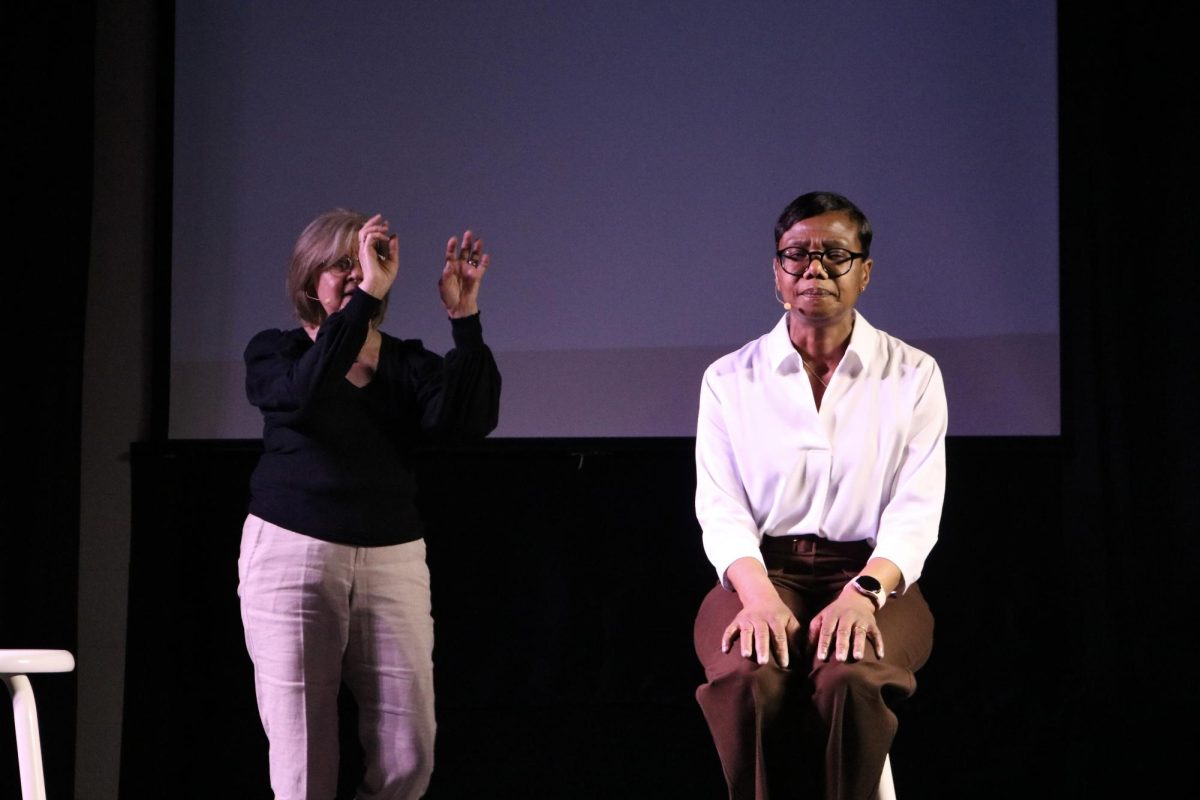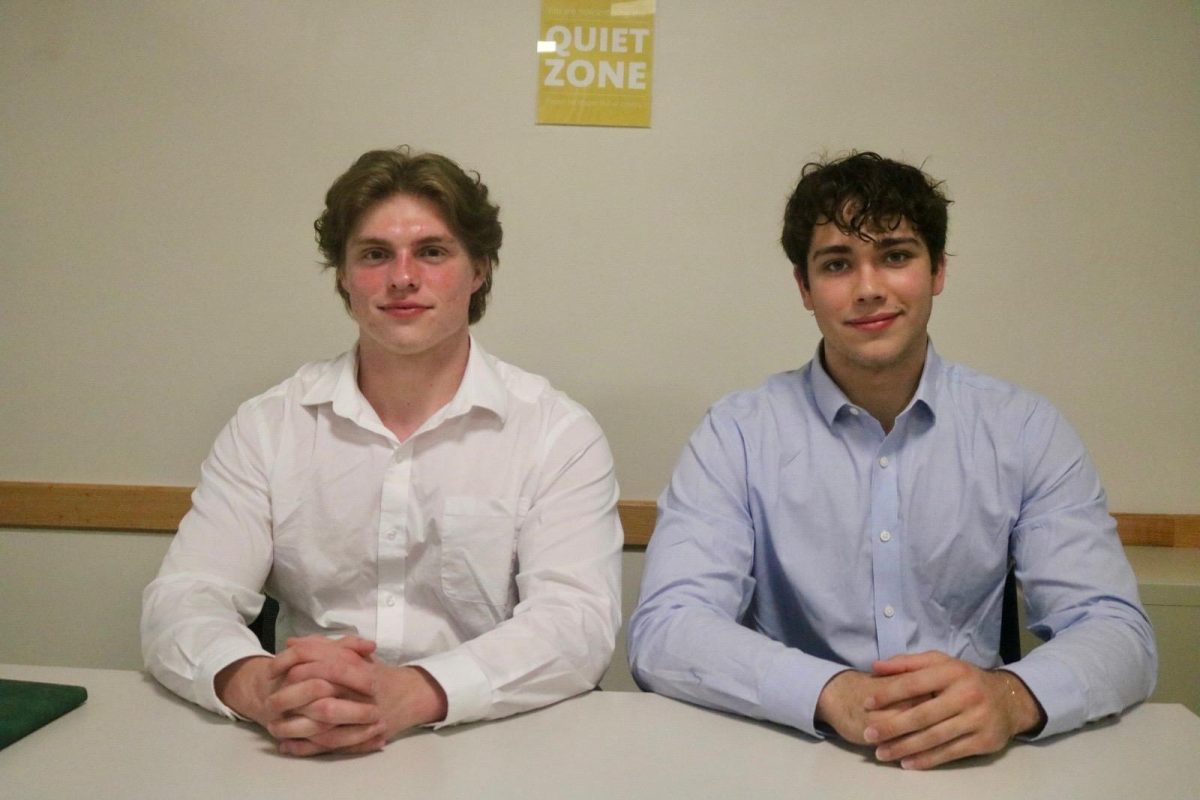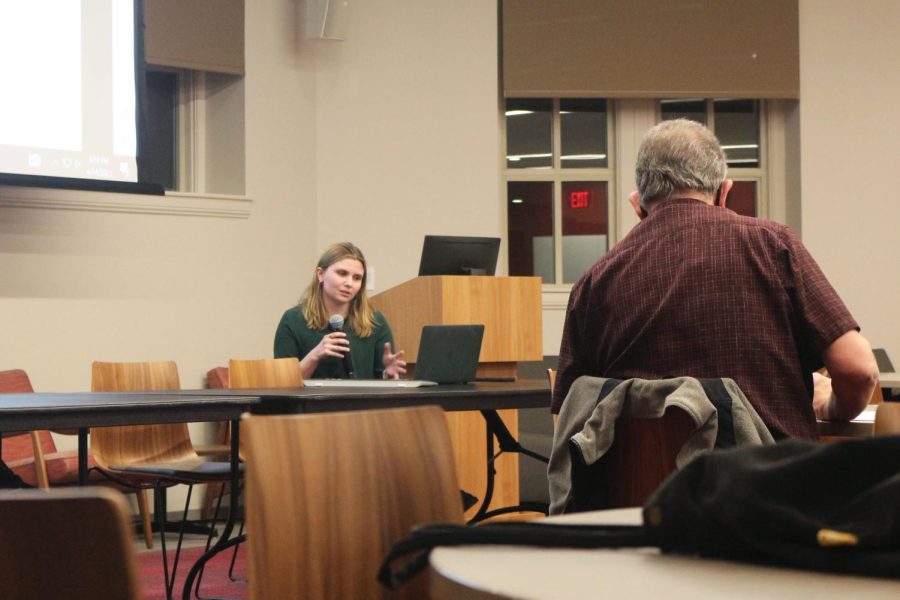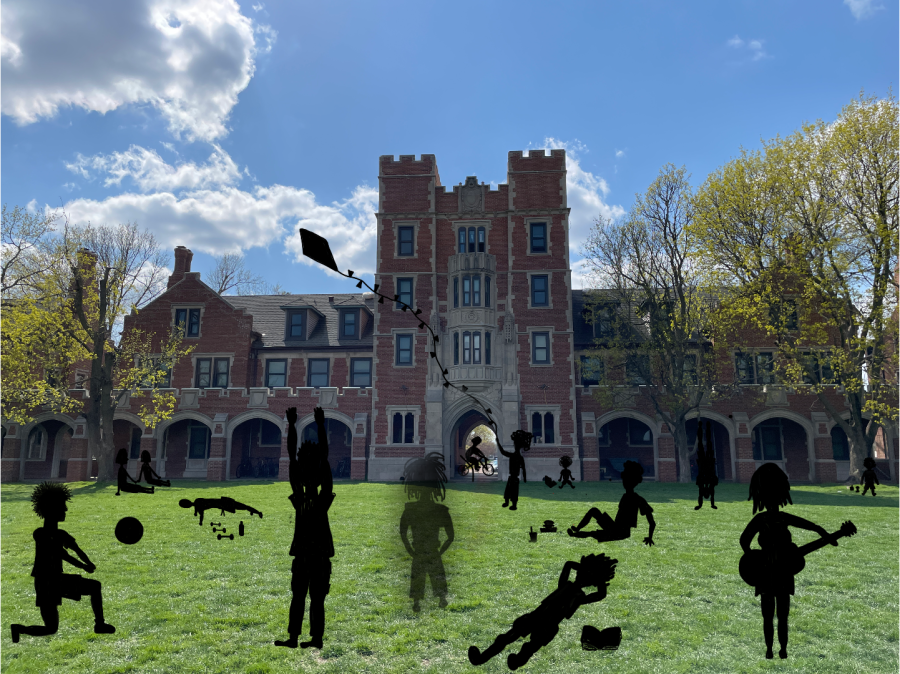 By Ben Mikek
By Ben Mikek
mikekben@grinnell.edu
The Department of Admissions has welcomed a new noteworthy class to Grinnell’s campus. Census day, when official statistics will become available, is still half a week away, but the Admissions Department was able to preview the Class of 2021’s achievements.
The new class in many ways represents a continuation of long-term trends in the Grinnell College’s enrollment. The Class of 2021 currently consists of 449 new students, in addition to the three transfer students arriving on campus this year. Joe Bagnoli, vice president for enrollment, said that the most important attributes of the incoming class fall into one of “three primary institutional commitments: academic excellence, diversity and social responsibility.”
The Admissions Department is at the frontline of fulfilling these institutional commitments, as they have the responsibility of first translating the concepts into numbers and then into physical students. Numerically, the most recent admissions cycle was a return to normal. The acceptance rate for applicants to the Class of 2021 rose to 28.8 percent, which, although significantly higher than last year, remains in line with the longer-term downward trend. Of those admitted, about 27 percent paid the admissions deposit, and the “melt” — students who pay the deposit but do not enroll — consisted of roughly 40 students.
“There is a slight downward trend in enrollment yield on offers of admission,” Bagnoli said. “I attribute that to the increasing qualifications of admitted students.” Stronger applicants are more likely to have offers of admission at other institutions, and are thus less likely to enroll at Grinnell.
In consideration of the institutional commitments on which assessments of enrollment are based, the Class of 2021 reflects academic excellence.
“Where student qualification is concerned, we believe that our students are highly-qualified,” Bagnoli said.
This assessment is certainly borne out by the numbers, including an average high SAT score of 1438 for the Class of 2021, the highest in the history of the College.
In terms of diversity, the new arrivals hail from almost 30 countries and about 30 U.S states, meaning that the College now includes students from over 50 countries and all 50 U.S states. Bagnoli is particularly proud that 62 percent of the Class of 2021 comes from outside the Midwest, but the class also consists of 24.5 percent domestic students of color and 21 percent international students, just above the target of 20 percent for international students.
“Equally important where international students are concerned is that we have no more than one third of international students coming to us from any one particular country,” Bagnoli said.
Other measures of diversity also make a difference. 13 percent of the Class of 2021 consists of first generation college students, and approximately 52 percent of new enrollees identify as women, and 48 percent as men.
“It is as close to fifty-fifty as we’ve been in the last six years,” Bagnoli said.
To help students make it to Grinnell, the College awarded $13 million of financial aid. Eighty-four percent of students receive at least some of those funds. Of these students, about 15 percent receive merit aid, and 85 percent receive need-based aid. This breakdown, according to Bagnoli, is fairly typical.
“The amount of aid is increasing because our comprehensive costs continue to increase,” Bagnoli explained. “The amount of financial aid we award is in some ways viewed as a decision about investment in financial aid that can over time come at the expense of other institutional investments, so while we anticipate a continued increase in the amount of financial aid we award, we … how would I say this … we are mindful of investments in financial aid … that would serve to compromise other institutional investments, that are equally important.”
Bagnoli went on to mention SHACS, Campus Security, CLS and “diversity and inclusion” as other institutional investments.
Now that the Class of 2021 is sitting in a classroom and not in an admissions lounge, it is time for the admissions staff to reflect on the most recent cycle.
“Frankly, what we aim to do is continue to bring classes that look like the class that we just brought,” Bagnoli said.
It would seem, then, that the Class of 2021 is a portal to the future of the College.
One potential challenge for the admissions staff is the current political climate, and the fact that Grinnell tends to be a fairly liberal college in a state that voted for Donald Trump by a margin of almost ten percentage points.
“Several progressive colleges in red political zones in the U.S. reported application losses,” Bagnoli said. “I don’t know of an empirical study that would connect the two. They’re correlated, but causation is much more difficult to demonstrate.”
Is this likely to become a problem for Grinnell? Bagnoli did not think so, noting that though the application pool may have shrunk after the 2016 presidential election, it mainly shrank at the bottom: the College was still able to enroll a well-qualified class.
In summary, the Class of 2021 represents both the past and the future. It is a return to normalcy after a rather unusual application cycle last year, and the class numerically reflects the future enrollment goals of the College. It would seem that the future has arrived.
























































Michael Sean • Sep 14, 2017 at 1:32 am
Shortly after April 1 last year, Grinnell admissions (and the S&B) rushed to report the college’s record acceptance rate of 18%. This year, the announcement of the rise to nearly 29% (and the lower yield) was delayed until nearly September. Telling.
Michael Tsou • Sep 9, 2017 at 8:35 pm
Two questions to ask: # 1) the total amount of financial aid is only $13 Millions ? #2) what is the percentage of Pell Eligible Students?